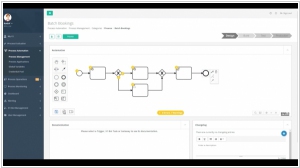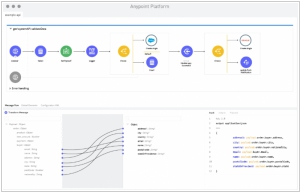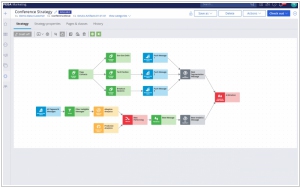MuleSoft vs Pega
May 17, 2023 | Author: Michael Stromann
MuleSoft and Pega are both leading software platforms in the realm of enterprise technology, but they serve distinct purposes and offer different capabilities. MuleSoft, now a part of Salesforce, is an integration platform that enables organizations to connect disparate systems, applications, and data sources to facilitate seamless data flow and interoperability. It provides a robust set of tools for building application networks, managing APIs, and orchestrating integrations across various systems. On the other hand, Pega is a business process management and customer relationship management platform that focuses on automating and streamlining business processes and workflows. Pega offers extensive capabilities for workflow automation, case management, customer service, and decision management. It provides a low-code development environment that allows businesses to design and deploy complex applications without extensive coding.
See also: Top 10 BPM Software
See also: Top 10 BPM Software
MuleSoft vs Pega in our news:
2021. Salesforce announces new Mulesoft RPA tool based on Servicetrace acquisition

When Salesforce recently revealed its acquisition of German RPA vendor Servicetrace, many speculated that it could complement MuleSoft, a company purchased by the CRM giant in 2018 for $6.5 billion. MuleSoft, among its various capabilities, assists customers in constructing APIs for legacy systems, while Servicetrace offers automation solutions for such systems. As anticipated, the company has now announced the development of a new tool called MuleSoft RPA, combining the functionalities of MuleSoft and Servicetrace. The acquisition of Servicetrace was finalized on September 2nd, and Salesforce is swiftly integrating it into relevant areas across the organization, with MuleSoft integration being a key focus.




